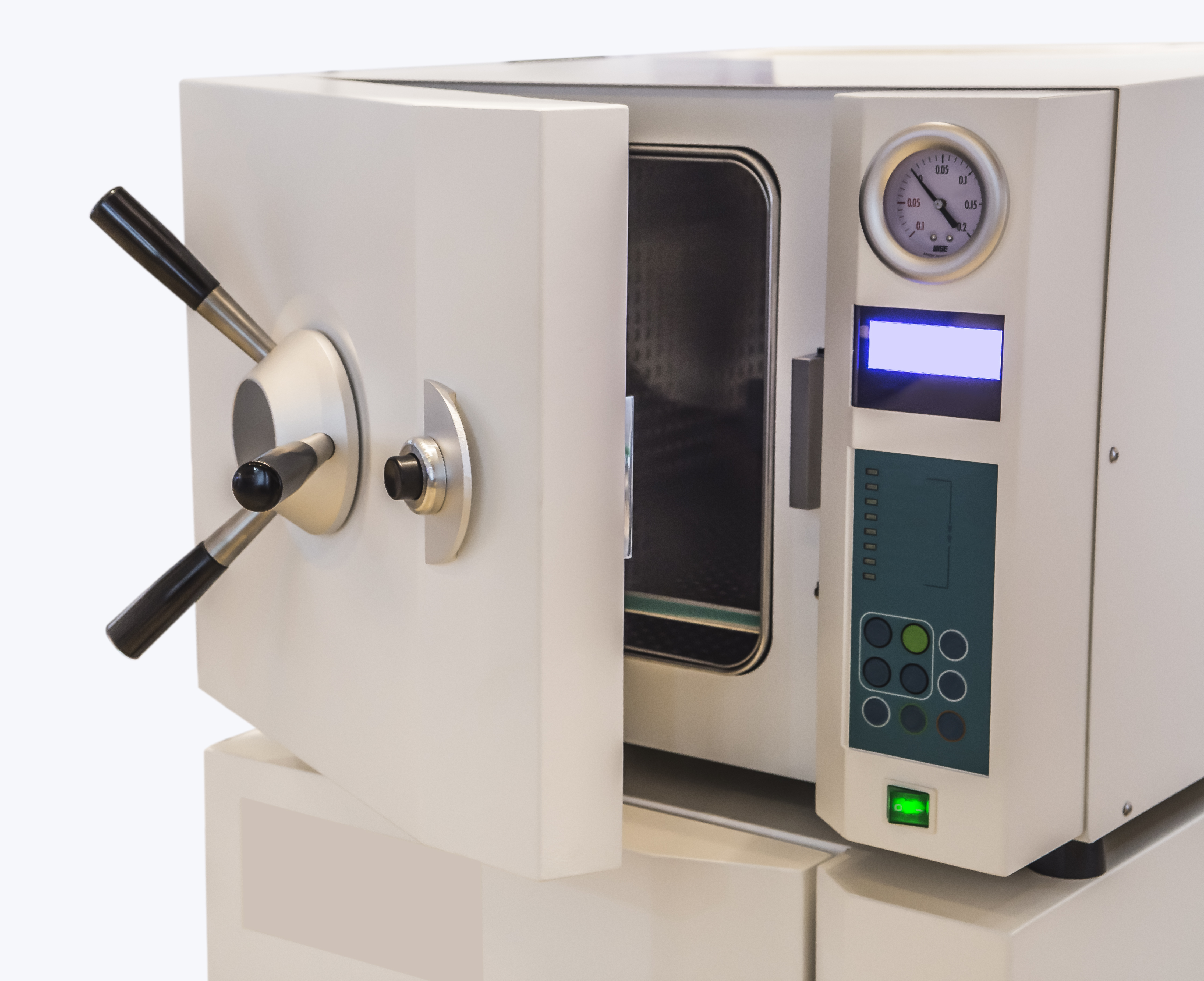Prompted by findings of increased cancer risks associated with ethylene oxide (EtO) emissions, the U.S. Environmental Protection Agency (EPA) is considering regulatory changes that will affect the use of EtO, a colorless, odorless, flammable gas typically used for sterilization of medication equipment but is also used to make other chemicals and products like antifreeze and plastic bottles.
Data Shows EtO Emissions May Increase Cancer Risks
EtO is currently used to treat approximately 50 percent of sterile medical devices, and, for some devices, is the only safe and effective sterilization method. Recent evidence has indicated that EtO may cause cancer when inhaled at concentrations lower than previously thought to be problematic. An analysis conducted by the EPA found communities surrounding facilities that release EtO emissions are experiencing elevated cancer risks, particularly related to blood and breast cancers.
EPA Rule Changes will Affect 29 Sterilization Facilities
Commercial sterilizers that use EtO are required to follow the National Emission Standards for Hazardous Air Pollutants (NESHAP) under the Clean Air Act, the EPA is in the process of updating its regulations to reflect updated information regarding the risks associated with EtO exposure.
“EPA expects to propose an air pollution regulation later this year to protect public health by addressing EtO emissions at commercial sterilizers,” the agency announced in an August 3 press release. “At the same time, EPA will release proposed limits on how EtO can be used within sterilization facilities with the goal of reducing risks to workers who handle EtO and those who are exposed in other ways like working or attending school near a facility. The agency is working with state and local governments, territories, tribes, facilities, and other partners to identify and implement near-term steps to reduce this pollution as soon as possible.”
In addition to these considerations, the EPA has extended Toxics Release Inventory (TRI) reporting requirements for EtO to 29 contract sterilization facilities, which are now required to track their chemical activities and releases and other waste management quantities at the start of this year and will be required to submit TRI data beginning in 2023, when appropriate. This is based on information obtained as recently as July 27 and is subject to change. The agency continues to analyze data as its received and plans to release additional information later in the year on the risk of EtO exposure to workers at EtO facilities.
Over the next few months, the EPA will be engaging with impacted communities surrounding the sterilizer facilities where cancer risk due to EtO emissions is estimated to be at or above the level of 100 additional cancer cases per million people exposed. This outreach will further inform the EPA’s efforts to make changes that will reduce the risk of exposure to these communities.
EnSafe is Here to Help
The 29 facilities currently subjected to the new TRI reporting requirements are large-scale industrial operations, but other companies use EtO for sterilization and manufacturing purposes. If your facility uses EtO and you are concerned about workers’ health and safety or compliance with applicable EPA and Occupational Safety and Health Administrations (OSHA) standards, EnSafe’s Environmental, Health and Safety experts are available to help you evaluate risks and assess compliance. Contact Leo Old, PE, CIH, CSP, Health and Safety Associate Principal, at [email protected] or (901) 937-4367 for assistance today.
